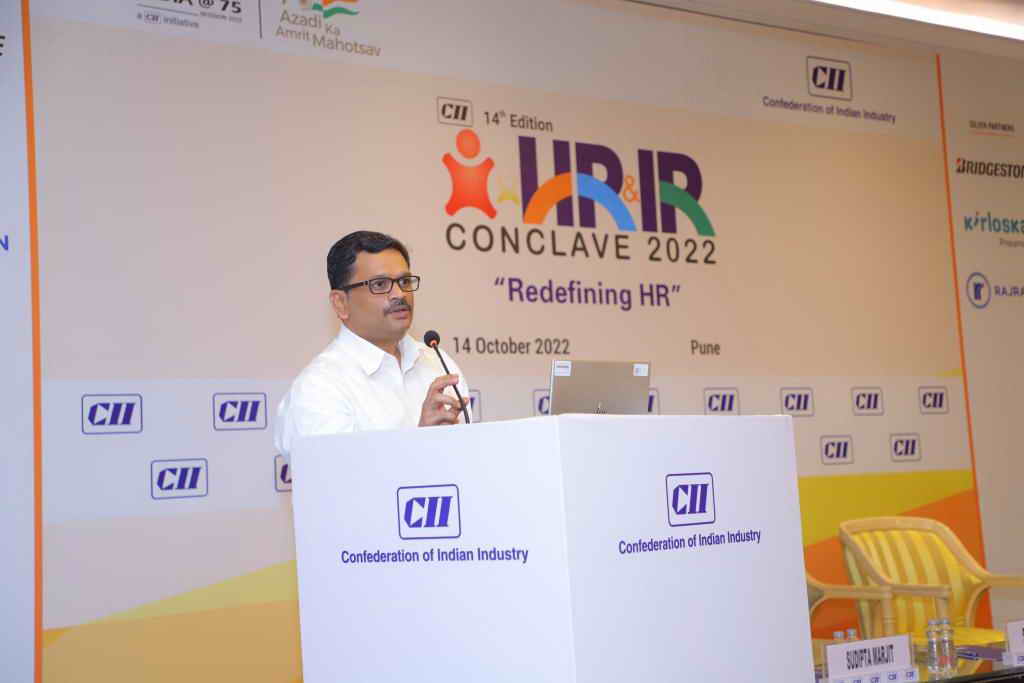There are now 3 managers in the team. There are new ideas, new way of learning presentation coming up. All of us vie for the same work team. The team is now saddled with 3 projects and 3 managers requiring them to work their own way.
Think, Apply, and Work is a simple expectation that all managers have from their resources. I like to highlight the way one of my colleague goes about the business of deployment in client location servers.
It is a seemingly simple task for many that involves copy, pasting files from one machine to another, starting/stopping server, testing and occasional recompiling of files with deletion of any history/cache problems.
However,the risk side is forgotten. In case a virus attack or a system crash, it is easy to blame the vendor directly. In face of perception error, it is difficult to defend ourselves and best offense is to accept the possibility and deflect the hate. WIth such risk riding the simple task, the way the colleague approaches this task is as follows:
1. A list is prepared with all files due for the day deployment.
2. After copy paste, they are checked on the server and checklist updated.
3. Each of the files are accessed through their direct links to test for their working. The checklist is updated again.
4. Now the main link is tested for all inter connections of various files. The interaction update in database are tested again.
5. Any clean up of files, data is executed and appropriate entries are entered in the check list. Any recompilation of files, testing them seperately are updated as well.
6. There is no predetermined check list. It is dynamically created as and when every task is completed.
7. All test data have a naming convention to enable easy filtering for deletion.
8. Many times, source code is tweaked to accomodate last minute requests or changes required based on server configuration. It is important that they are updated back in office SVN. They too are updated in the list and the files are duly copied immediately to the transfer drive.
Can you too work the same way ? Doesn't the above illustration show the love for the job, where thinking the process, applying the process and working on actual tasks are in right mix.
Would you entrust responsibility to such person ?? Well, as long the above way is adhered, I am sending him to client site all alone.


